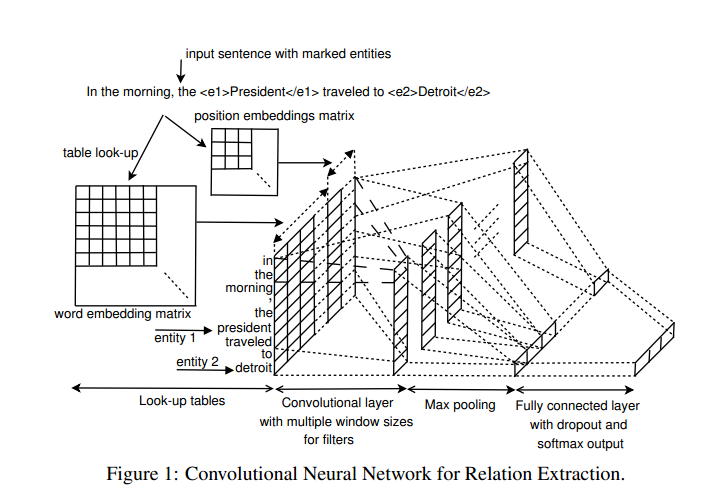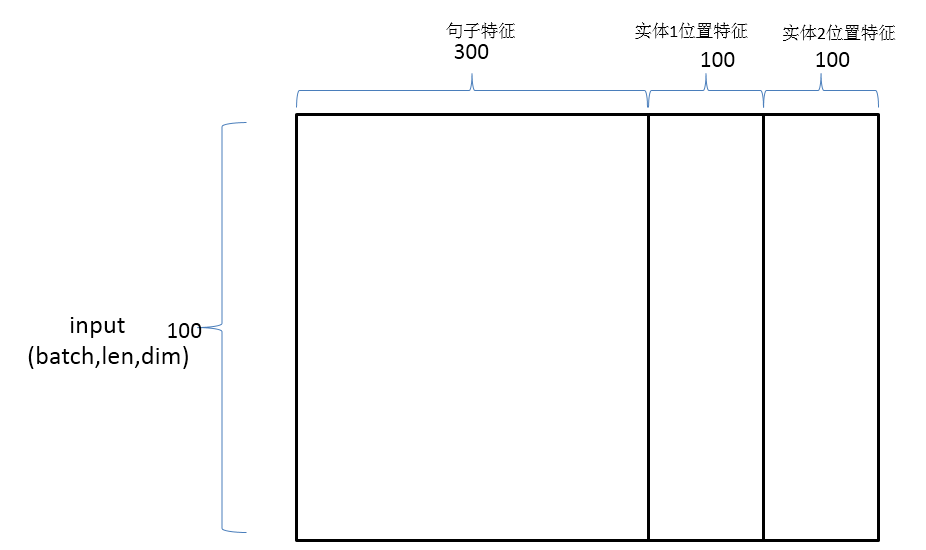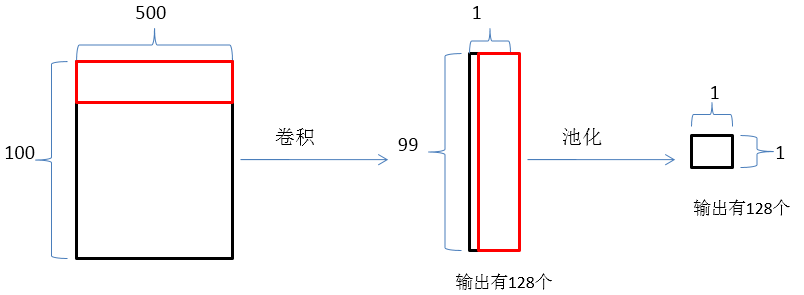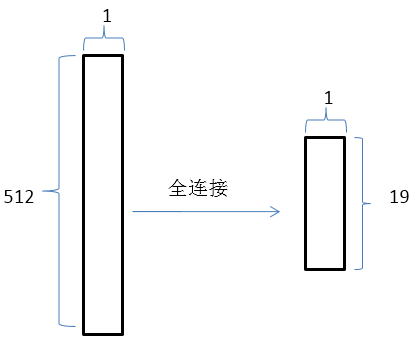关系抽取论文解读-Relation Extraction Perspective from Convolutional Neural Networks
29 Jul 2018 | relation-extraction |关系抽取是从一个句子中判断出这个句子里面两个实体之间的关系。
比如给定句子:
1 "The system as described above has its greatest application in an arrayed <e1>configuration</e1> of antenna <e2>elements</e2>."
Component-Whole(e2,e1)
Comment: Not a collection: there is structure here, organisation.
上面的句子是数据集SemEval 2010 Task 8 数据集
中的一个训练集的实际样本,1表示第一条句子,<e1>configuration</e1> 是指明了实体一, <e2>elements</e2>是指明了实体二,Component-Whole(e2,e1)表明了两个实体之间的关系是Component-Whole关系。Comment是对句子的一些描述信息。
数据集SemEval 2010 Task 8中关系是9种,为了区别正反(Cause-Effect(e1,e2)与Cause-Effect(e2,e1)看作是两种关系)和其他(other,有些句子中的实体关系不是给定的关系)一共是19种关系:
(1) Cause-Effect
(2) Instrument-Agency
(3) Product-Producer
(4) Content-Container
(5) Entity-Origin
(6) Entity-Destination
(7) Component-Whole
(8) Member-Collection
(9) Message-Topic
那么我们要根据训练集训练出的模型对句子中的关系进行预测。
A few days before the service, Tom Burris had thrown into Karen's <e1>casket</e1> his wedding <e2>ring</e2>.
上面就是测试例子,请给出两个实体之间的关系。这就是我们要做的关系抽取,现在的关系抽取都是有监督的关系抽取,还有半监督的,还有无监督的(开放域的实体关系抽取),这在深度学习中还是研究热点。
接下来就进入正文:
Relation Extraction:Perspective from Convolutional Neural Networks
【Nguyen T H, Grishman R. Relation Extraction: Perspective from Convolutional Neural Networks[C]// The Workshop on Vector Space Modeling for Natural Language Processing. 2015:39-48. 】
文章中主要使用的方法是多核卷积神经网络来进行关系抽取。
论文成果:
- 不使用复杂的NLP进行关系抽取
- 使用位置特征来表示距离
- 使用多核卷积构建网络架构
- 在SemEval-2010 Task 8数据集进行了实验,取得了很好的结果
论文架构:

神经网络输入:
结合句子特征与位置特征构成卷积神经网络的最终输入

神经网络前向传播:

上述过程执行4次,filter_size依次为(2 , 500) , (3 , 500) , (4 , 500) , (5 , 500), 得到结果是(512 , 1),然后进行全连接。

最终的实验结果F1值达到82.8